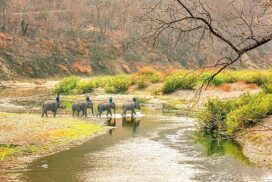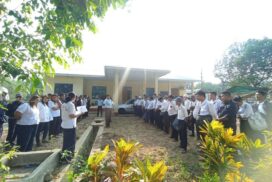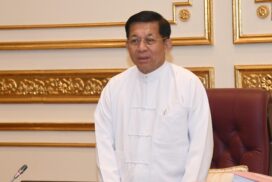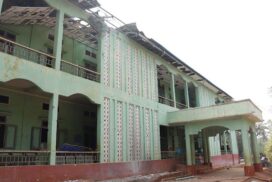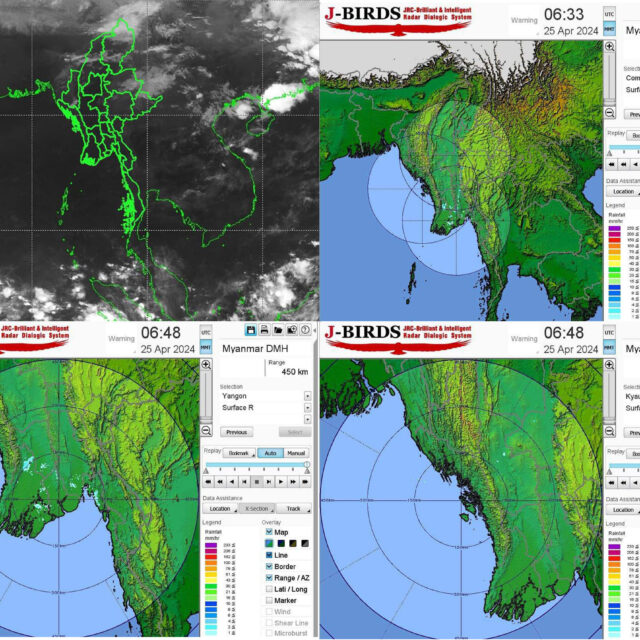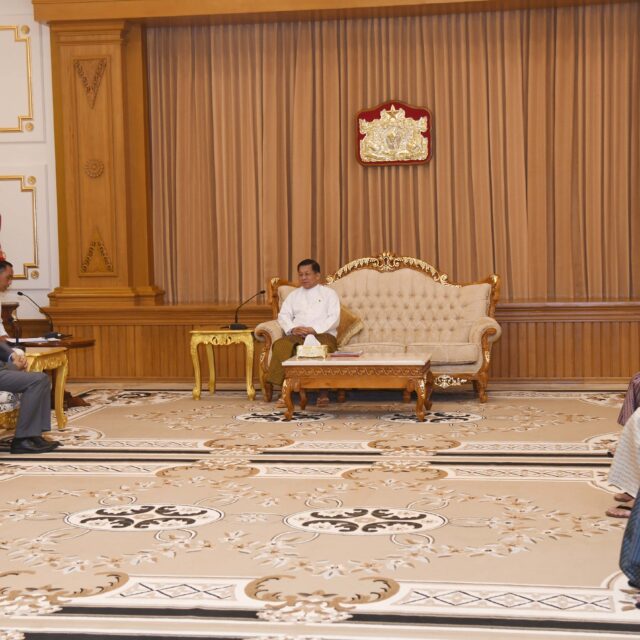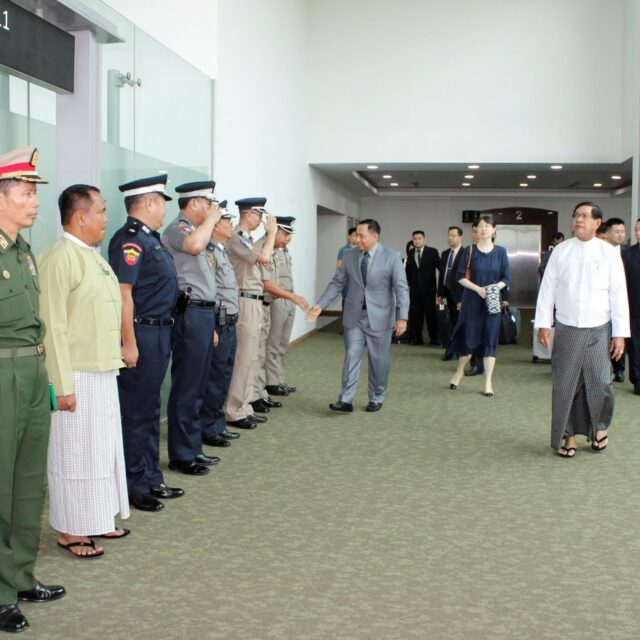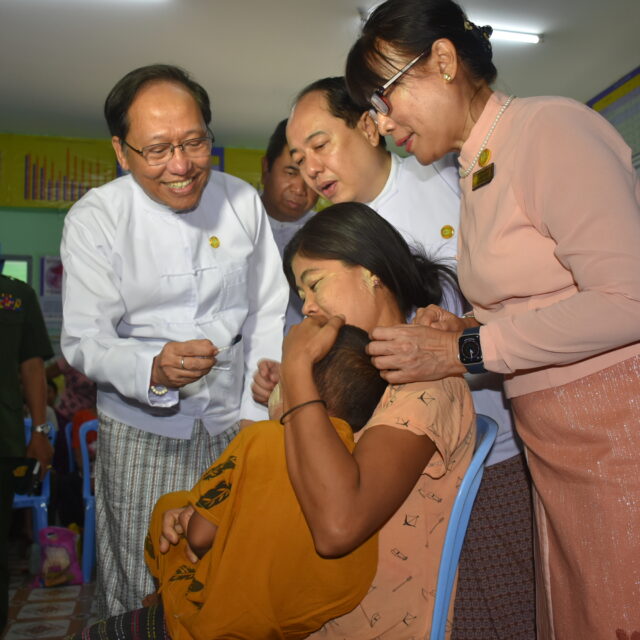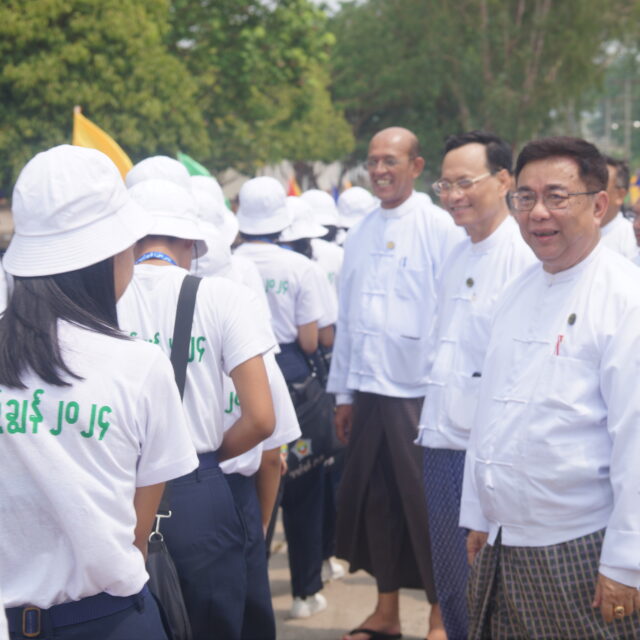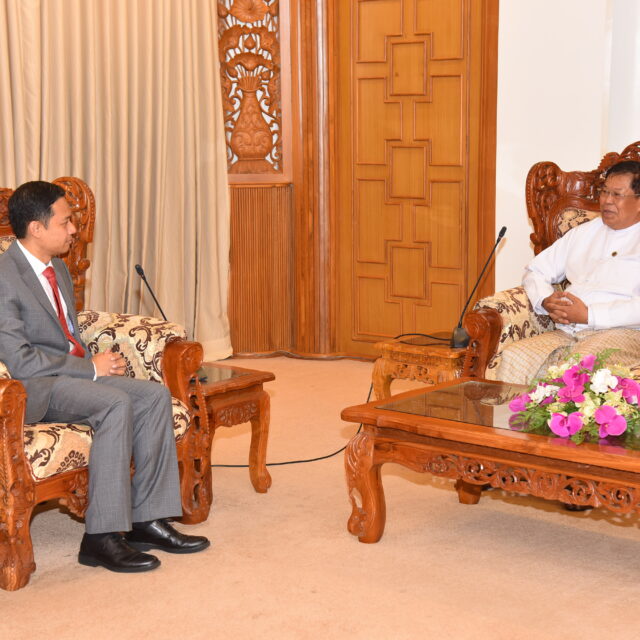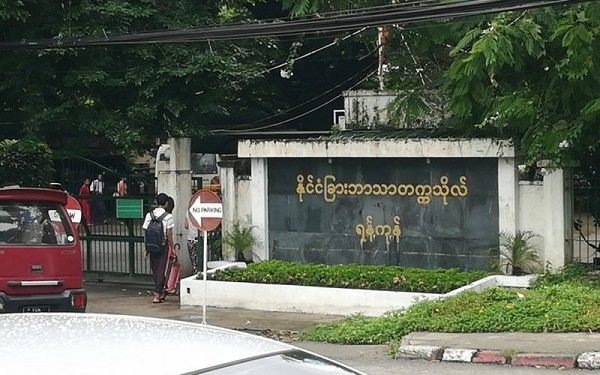The Union of Myanmar is endowed with an unusual array of biogeophysical diversity, from tropical evergreen forests habited by Malayan fauna and flora in the south to the snow-capped mountains with Himalayan flora and fauna in the north, capturing the grandeur and real beauty of the country.
Myanmar is within the Indo-Malay Realm, and it contains three ecological subregions: the Indian Subregion along the Myanmar-Bangladesh-India border, the Indo-Chinese Subregion in the north, bordering China, and the Sundiac Subregion in the south, sharing its border with Thailand. The ten biounits included in the three subregions, representing diverse geophysical features and biodiversity, are the richest biological reservoirs in Asia, according to World Bank Technical Paper Number 193. These biounits are spatially important ecosystems for the formation of protected areas within Myanmar and offer the greatest opportunity for biodiversity conservation in the Indo-Malay Biogeographic Region. The Northern Biogeographic Region of Myanmar extends 27 miles north of Myitkyina, at the confluence of the two branches of the Ayeyawady River, to the frontier of Tibet. Forest types vary from other parts of the country, fall within the subtropical biounit, and lie entirely outside the tropics. The region is mountainous and is traversed by heavy summer rain. The lower hills and valleys are covered with lush tropical and subtropical evergreen rain forests. Their forests are relatively different from monsoon rain-fed deciduous forests in terms of species and ecosystems that are found over a greater part of the country. The mountainous northern region is characterized by the presence of broad-leaf evergreen rain forest, sub-tropical forest, temperate forests, and alpine vegetation. The significant vegetation types may be summarily classified into three belts:
(1) sub-tropical broad-leaf evergreen rain forest up to 6,000 ft;
(2) temperate semi-deciduous broad-leaf rain forest, 6,000–9,000 ft;
(3) evergreen coniferous or subalpine snow forest, passing gradually into alpine scrub, 9,000 ft.–11,000 ft. ( F. Kingdom Ward, 1954)
PLANT HUNTING
Since the year 1895, many plant hunters, including Mr. C. M. D. Kermode (late Professor of Forestry at Yangon University) and Mr. F. Kingdom Ward (a prominent British botanist), have traveled to the northern part of Myanmar to inventory the flora and fauna. In 1931, the best collections of birds and mammals were undertaken in the transfrontier areas of the northern region of Myanmar by Mr. J.K. Stanford, Deputy Commissioner of Myitkyina. It made an almost complete collection of avifauna, comprising 472 species of northern Kachin State. [Mr. J.K Stanford writes,] It can safely be said that naturalists have so far only guessed at the surface, as it were, of an enormous sea of some of the most dense and least known jungles in the world. It is also equally true for the flora because there was good reason to believe that many species might be expected from the diverse biogeophysical conditions of the region. Among all the earlier travellers, Mr.Kingdom Ward explored the region eight times, as early as 1900, with two objectives. First, to inventory the botanical species in the snow-capped mountain range, which serves as the source of the great Ayeyawady River of the country. The second objective was to reconnoitre the approaches to Hkakabo Razi, the highest mountain in Southeast Asia. His last plant hunting expedition in the triangle area of Kachin State was carried out in 1953, and it was joined by U Tha Hla and U Chit Ko Ko of the Forest Department, Myanmar. Since then, it has been predicted that one day Hkakabo-Razi will be an attractive spot for mountain climbing and nature-based tourism in Ayeyawady.
HKAKABO – RAZI: THE UNIQUE WONDER FOR AYEYAWADY PLATEAU
Hkakabo-Razi mountain situates in the most northern frontier of Myanmar, rises up to 19315 ft above sea level and located in the Kachin State. The name Hkakabo -Razi is derived from Tibetan word which means Snow White Mountain or Ridge. It ranks first in terms of altitude compared with its satellite massifs, Namni-l’ka (peak of the Adung Valley, 15297 feet) and Diphuk-ha (peak of the Seingku valley, 14300 feet). The lofty Hkakabo-Razi accentuates in Ayeyawady plateau. Its peak is enveloped with snow throughout the year and offers enchanting splendorous natural scenery, peace and tranquillity. In summer, the alpine plants which were buried under the deep snow during long cold months blossom as fast as snow melts when exposed to light and warmth of the sunshine.
Hkakabo-Razi lured and inspired the plant hunters, naturalists, conservationists, artists and poets with its subline mystic natural beauty, leaving behind scripts, poems and botanical nomenclature.
The radiating, colourful blooming flowers amid the melting snow offer a breath-taking view and charm the visitors with fascination. It is a sylvan heaven of flora and a unique natural feature. It will surely occupy a very special place in the hearts of nature-loving tourists. The natural beauty and grandeur of the Hkakabo-Razi will engender mountain climbers and ecological-minded tourists with wonder.
Hkakabo-Razi is the unique wonder and it will become a major attraction of nature-based tourism in the near future, as the environment is closely interweaved with human way of life. Important natural resources like Hkakabo-Razi contribute the happiness and well-being of mankind, particularly considering the unspoilt naturalness of the biogeographic features of the northern frontier of Myanmar.
Forest Department under the Ministry of Forestry is on the way to inventory the flora and fauna for the establishment of a Nature reserve or a National Park to represent the Indo-Chinese bio-region and the Malaya-Realm, since Myanmar possesses the best opportunity in the region for developing a truly representative protected area systems. Snow capped Hkakabo-Razi, accentuated amid the lush and verdant mountainous country, offers the unparalleled opportunity for the preservation of invaluable national heritage and natural beauty of Ayeyawady.
Today, the needs for protection of the natural world and the establishment of friendly relations among neighbouring countries are called for the formation of Transfrontier Reserves to support the regional environmental cooperation with the purposes of conserving biodiversity and of building confidence between the countries straddling one or more national boundaries. In other words, Transfrontier Reserve being addressed here is aimed to be jointly administered, demilitarized and fully protected, extending over the buffer zone of the interstate boundaries. It would, then, assure the environmental security and social security with its political, economic and ethical elements.
In the joint efforts to form Transfrontier Reserve, Hkakabo-Razi with its unique biogeographic features at northern Myanmar, will contribute the achievement of environmentally sound and equitable/sustainable development of Ayeyawady landscape for present and future generations of neighbouring countries at both their local and national levels. It would strengthen confidence, friendship, and cooperation among contiguous countries. Indigenous folora and fauna would be subsequently guarded,
thereby contributing to the protection of global biodiversity.
(The author is a retired Deputy Diretor General of the Forest Department and former Director of Wildlife and Sanctuaries Division.)


